What Are Umbrella Species? How Saving One Helps Save Many
Let's start with a quick pop quiz. Don't worry, it's a one-question deal:
If you save a panda, what else do you save?
A) Just the panda
B) A bunch of other species hiding out in panda-land
C) Your spot as an eco-hero
D) All of the above
If you said D, congratulations! You've stumbled into the wonderfully strategic world of umbrella species,andthey're as delightfully useful as they sound. Grab your metaphorical raincoat and let's talk about the species that do more than look cute on a t-shirt. (But don't worry, they do also look cute on a t-shirt.)

What Is an Umbrella Species?
An umbrella species is a species whose conservation also helps protect a bunch of other species that live in the same ecosystem. It's kind of like saving the big boss, and all the little side characters get to stay in the story too.
Think of it this way: when you work to protect an umbrella species and its habitat, you're also saving the entire neighborhood.Thisincludes trees, bugs, frogs, birds, and all other living organisms in that ecosystem: one protection plan, multiple wins.
Umbrella Species Examples
Let's meet a few of the species who've been unknowingly cast as the superheroes of their habitats. Here are 4 examples of umbrella species:
1. The Giant Panda
Not just a black-and-white icon of conservation campaigns, giant pandas are classic umbrella species. Protecting their bamboo forests in China also shelters hundreds of other species, including birds, frogs, and the mischievous little red panda.
Pandas are basically the clumsy, bamboo-munching influencers of the animal world. Everyone knows them, everyone loves them, and they unknowingly drag entire ecosystems into the spotlight.
2. Tigers
Striped, stealthy, and surprisingly helpful. Tigers require vast territories to survive, which means conserving tiger habitats in Asia also preserves forests for a diverse array of deer, monkeys, birds, and plants.
So, when conservationists say "Save the tiger," what they're really saying is "Save about 12,000 other living things, too."
3. Northern Spotted Owl
This owl isn't just out there hooting in the Pacific Northwest for no reason. It's become a key species in forest conservation debates. Protecting its old-growth forest habitat means protecting salamanders, lichens, squirrels, and all the other species that call those towering trees home.
Yep, even fungi. Who knew owls were so inclusive?
4. Grizzly Bears
Found in North America, grizzlies are umbrella species for large wilderness areas. They roam far and wide, so protecting the land they need also benefits wolves, elk, beavers, and a buffet of biodiversity.
They're basically walking zoning plans except with way more fur.

Why Umbrella Species Matter
Here's the thing: conservation budgets aren't unlimited (shocking, we know). So, scientists must be strategic in their efforts. Focusing on umbrella species is one of the most effective ways to achieve the greatest return on investment for protecting nature.You save one species, and a whole ecosystem gets a life raft.
It's like ordering one pizza and getting free breadsticks, a drink, and a cookie. Except instead of snacks, it's frogs, fungi, and ferns.
Are Umbrella Species the Same as Keystone Species?
Both umbrella species and keystone species are VIPs in their ecosystems, but they play different roles. Here's how they differ:
- Keystone species are species that have a massive impact on their ecosystem through their actions. Think sea otters keeping sea urchins in check so kelp forests don't get wiped out.
- Umbrella species, on the other hand, are all about territory. Saving them (and their big, beautiful homes) just happens to help out the rest of the neighborhood.
You could say keystone species run the place, while umbrella species cover the place.

The "Sneaky Genius" of Conservation
Now, you might be thinking: isn't this a little sneaky? Using one animal to save a bunch of others?Yes. Yes, it is. And it's brilliant.
Let's face it, most of us are more likely to click "donate" for a panda than a rare mushroom or invisible insect. Umbrella species provide conservationists with an easy way to rally support while doing the most good behind the scenes.
It's not manipulation, it's marketing for a very good cause.
Umbrella Species Can Also Be Butterflies?
That's right. It's not just big mammals with Instagram-worthy faces.Even small species, such as the Karner blue butterfly in the U.S., serve as umbrella species. Protecting its habitat, such as oak savannas and pine barrens, helps protect dozens of other rare plants and animals that share that ecosystem.
Don't let size fool you. Even the tiniest wings can throw a big shade (in the best way).

How CanYou Help?
You don't need a degree in ecology or a job at a wildlife preserve to make a difference. Here's how to be a mini umbrella yourself:
1. Support organizations that use umbrella species strategies
Many wildlife orgs specifically choose to focus on umbrella species to get more bang for their conservation buck. Look for groups working on species like tigers, bears, elephants, and pandas.
2. Think habitat first
Whenever you support reforestation, wetland protection, or prairie restoration, you're helping everything that lives there not just the stars of the show.
It's like buying one concert ticket and discovering it's actually a surprise festival lineup. Everyone wins.
3. Use your platform for good
You don't have to go viral (although if you do, we support it). Sharing information about umbrella species, tagging your favorite animal organization, or even representing your cause on a shirt (wink wink) can help raise awareness.

The Takeaway?
When it comes to conservation, umbrella species are the ultimate overachievers. By saving just one species, we can effectively protect entire ecosystems. And we think that's pretty awesome.
So the next time someone says, "It's just one animal," you can politely say: "Actually, it's one animal and its entire posse."
Rain or shine, these species are sheltering life in ways that matter. And hey, isn't that a legacy worth standing under?

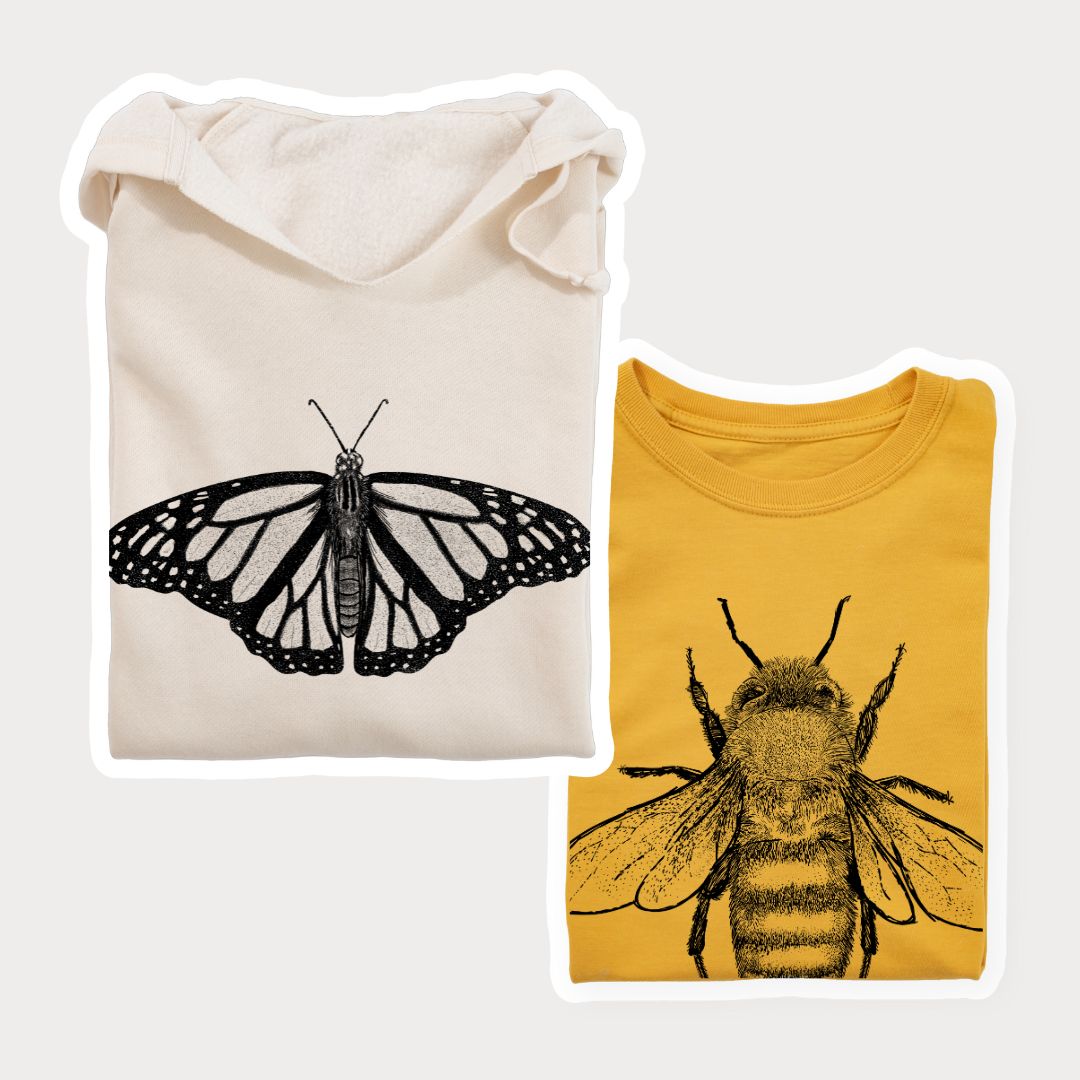

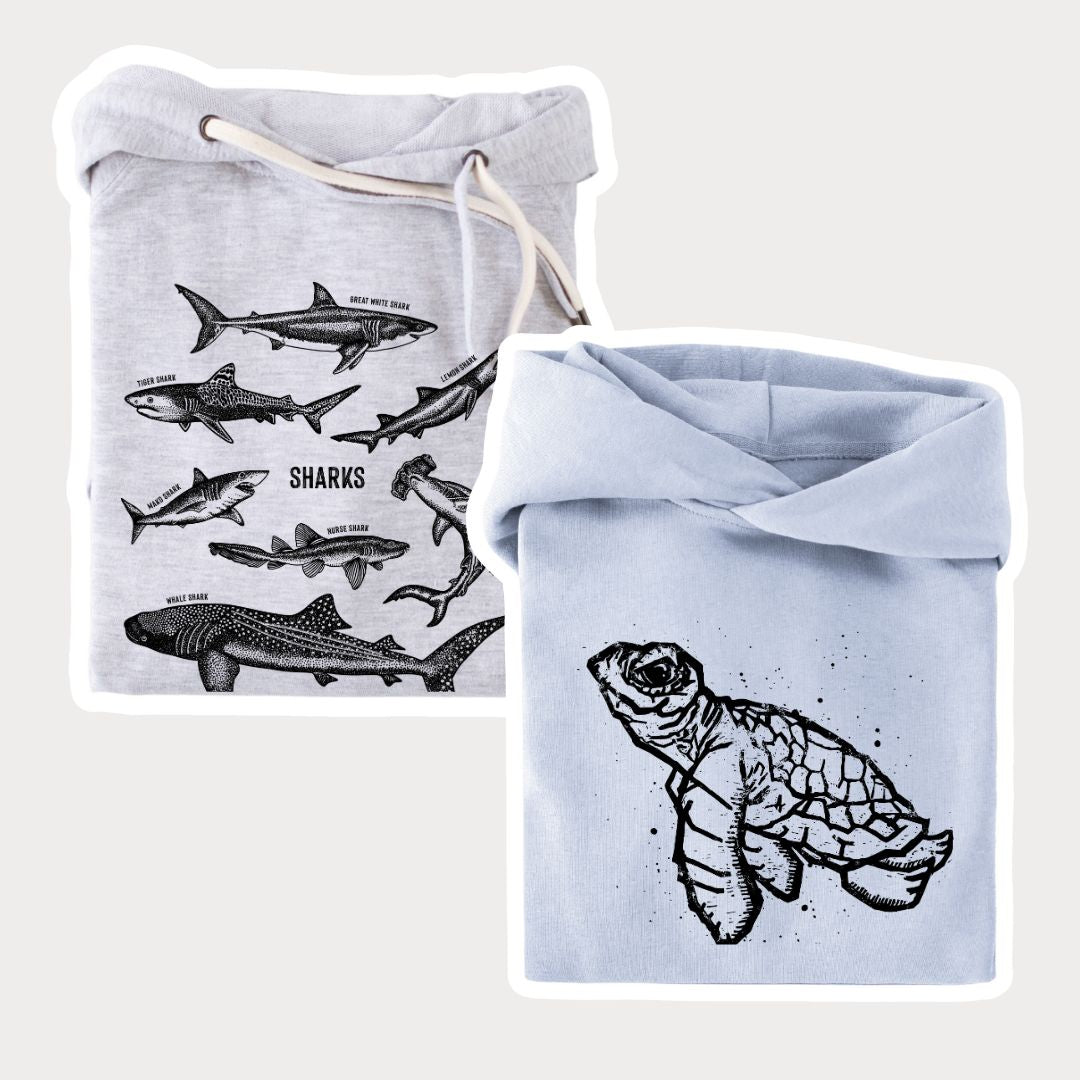
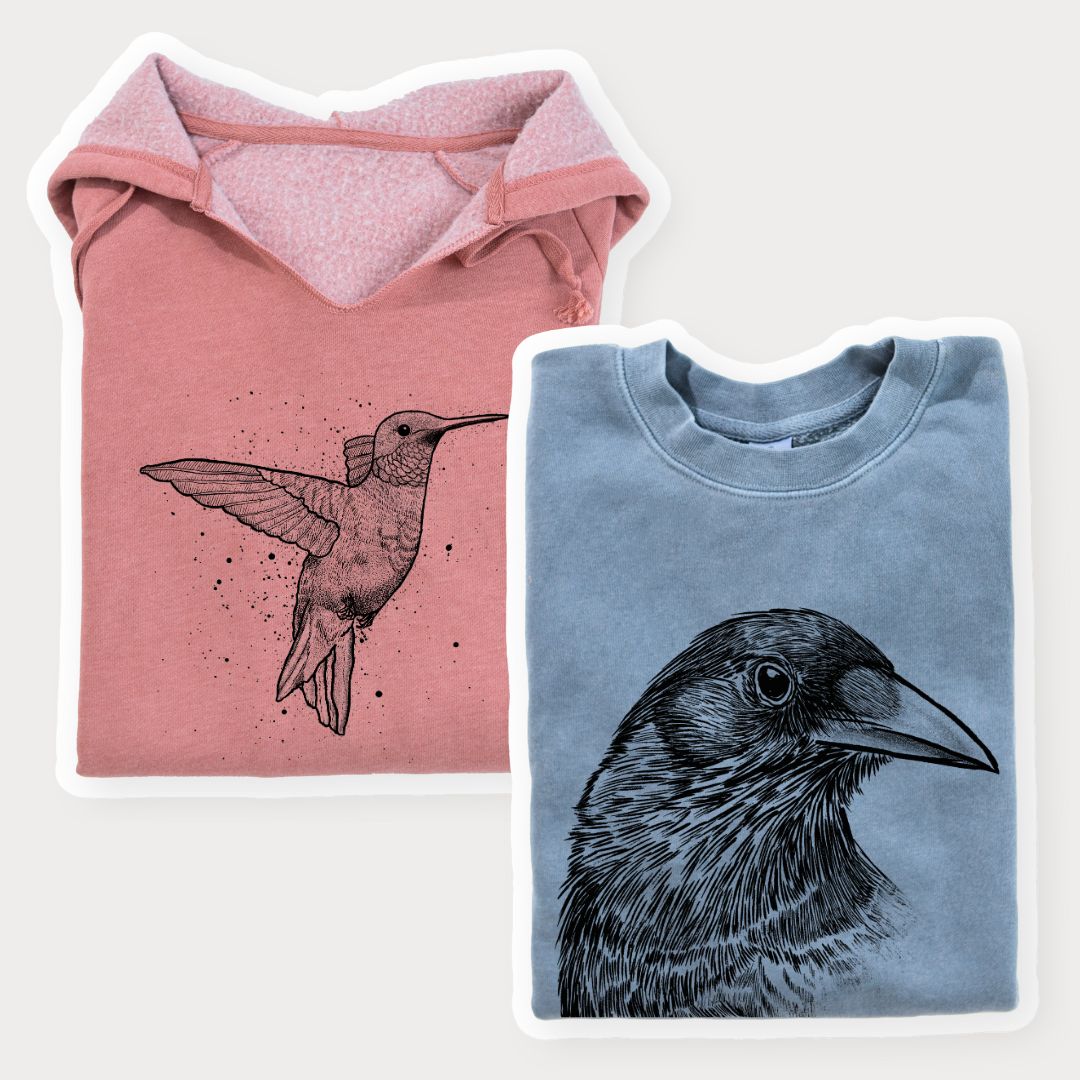
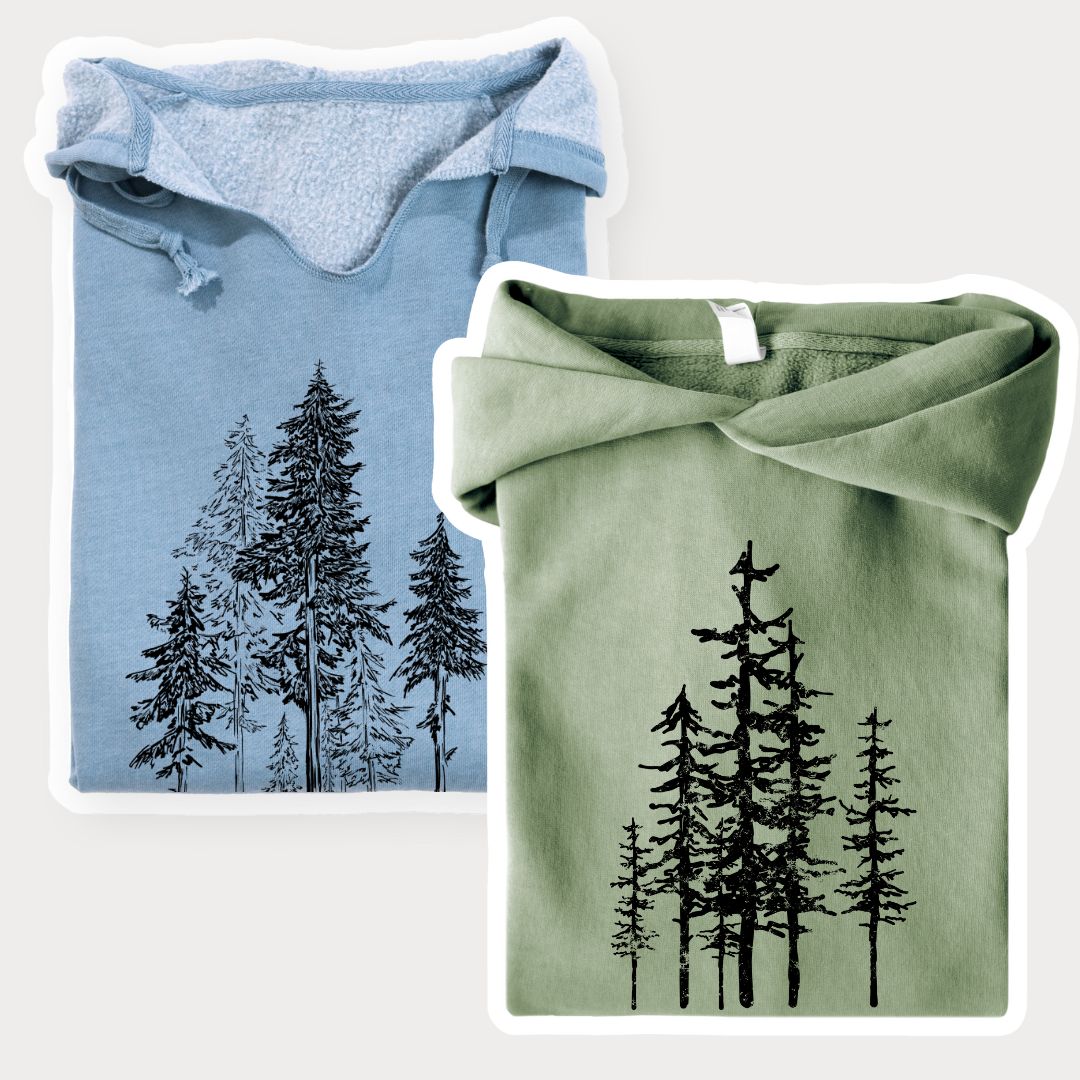
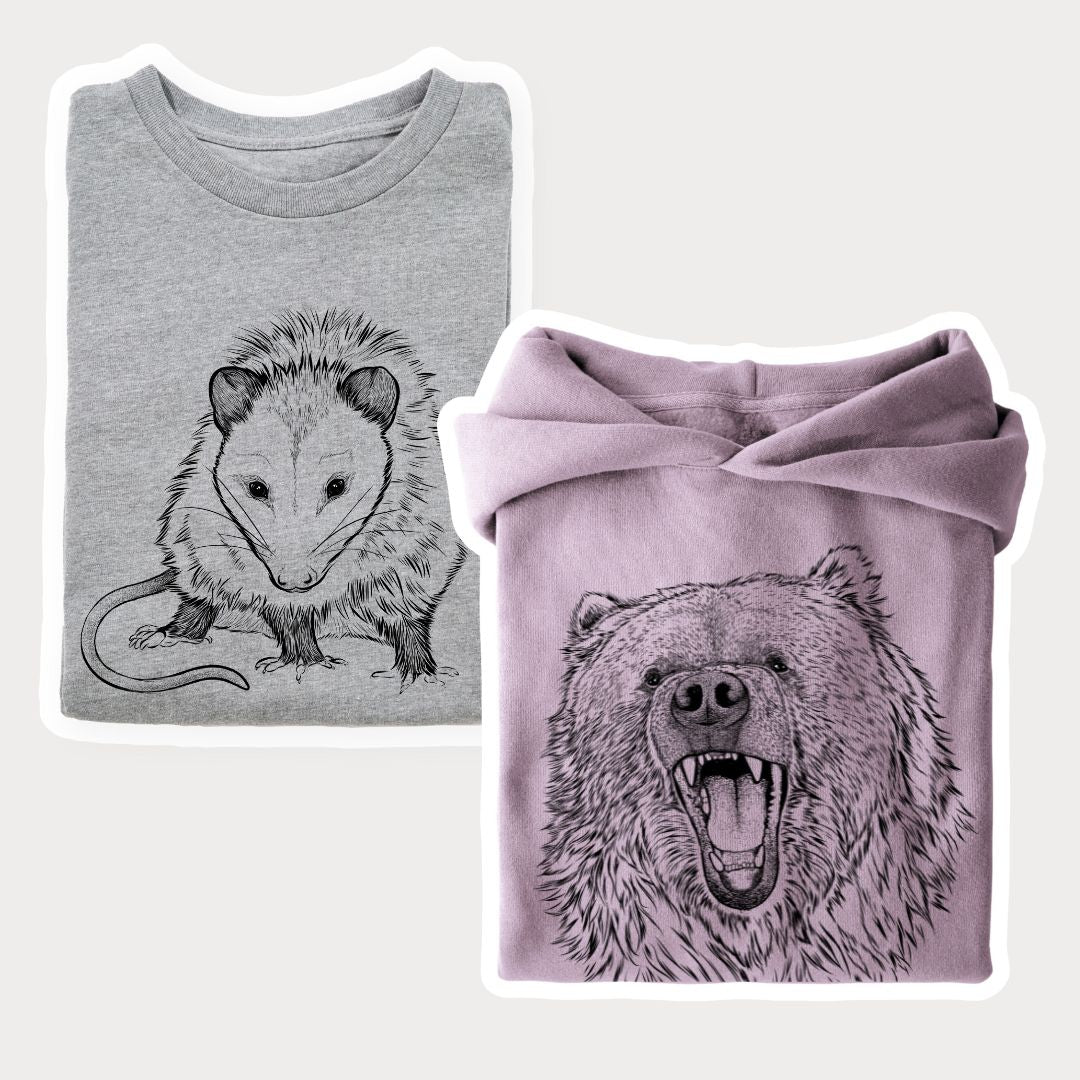
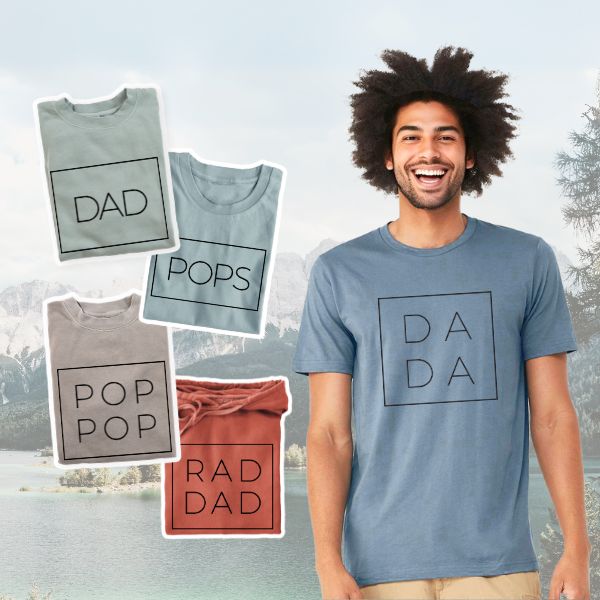

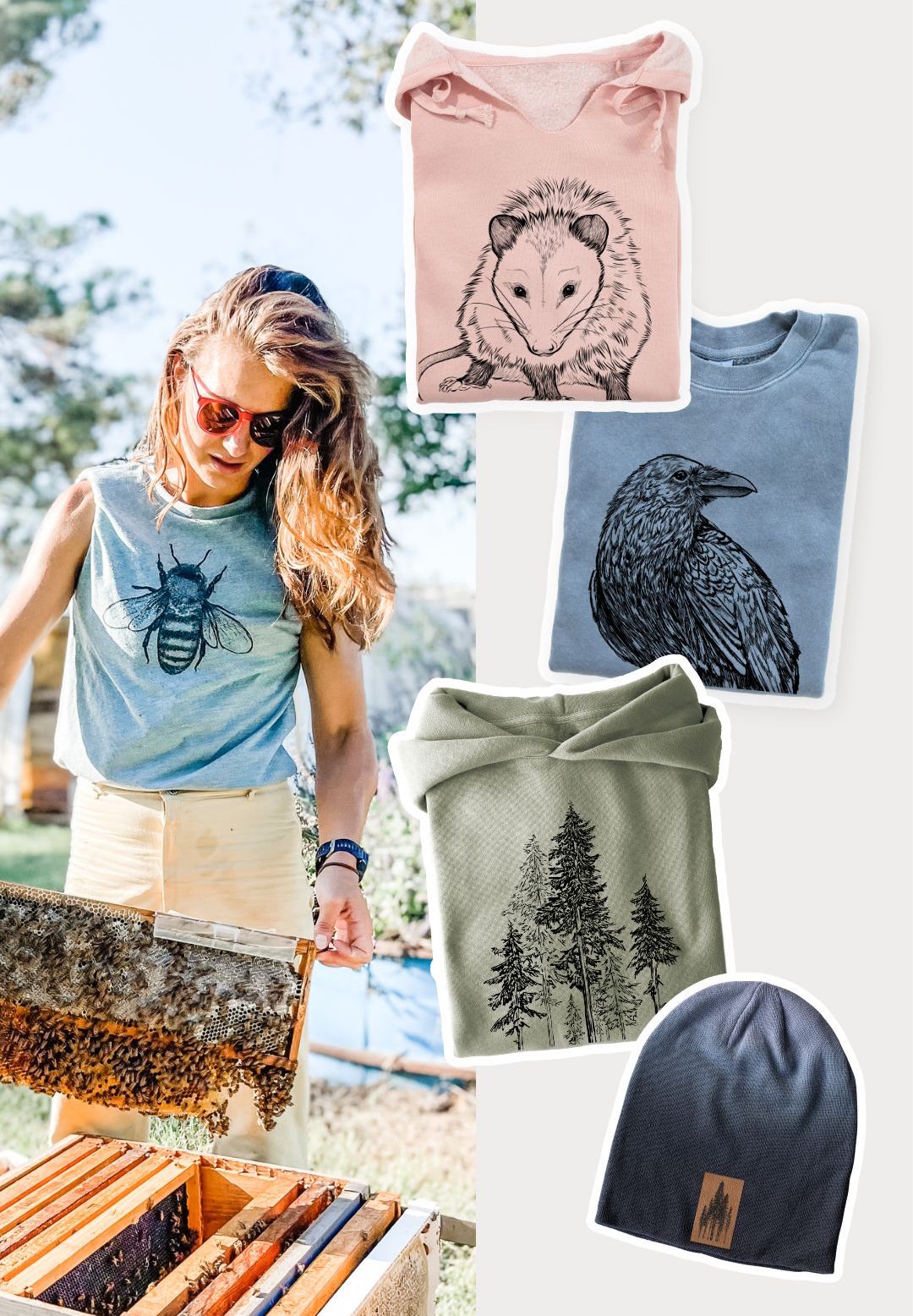
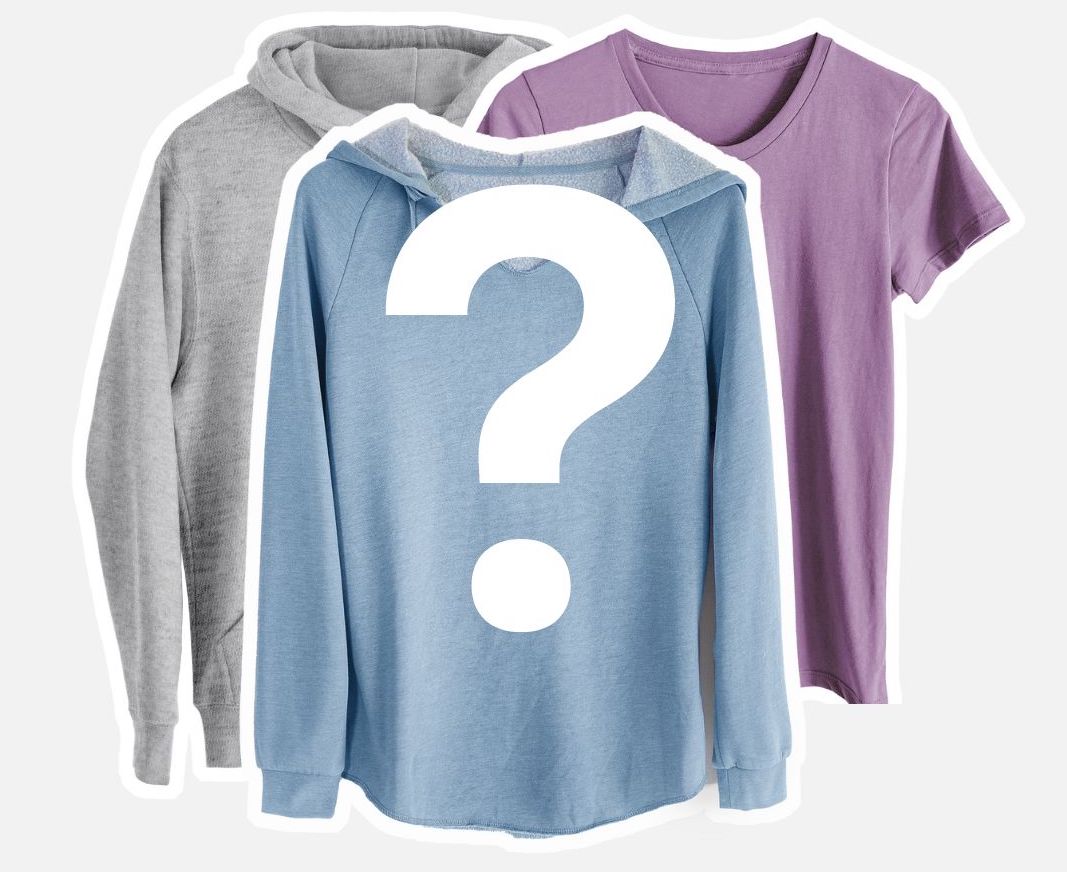
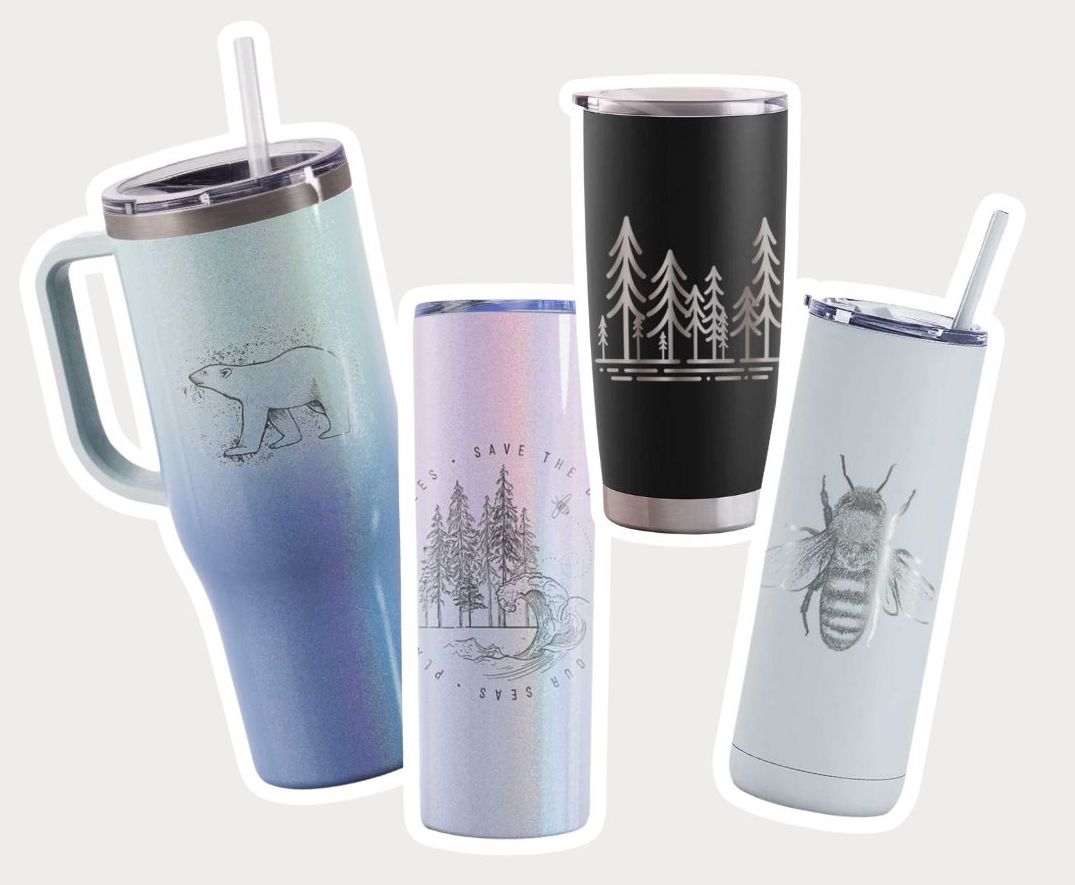


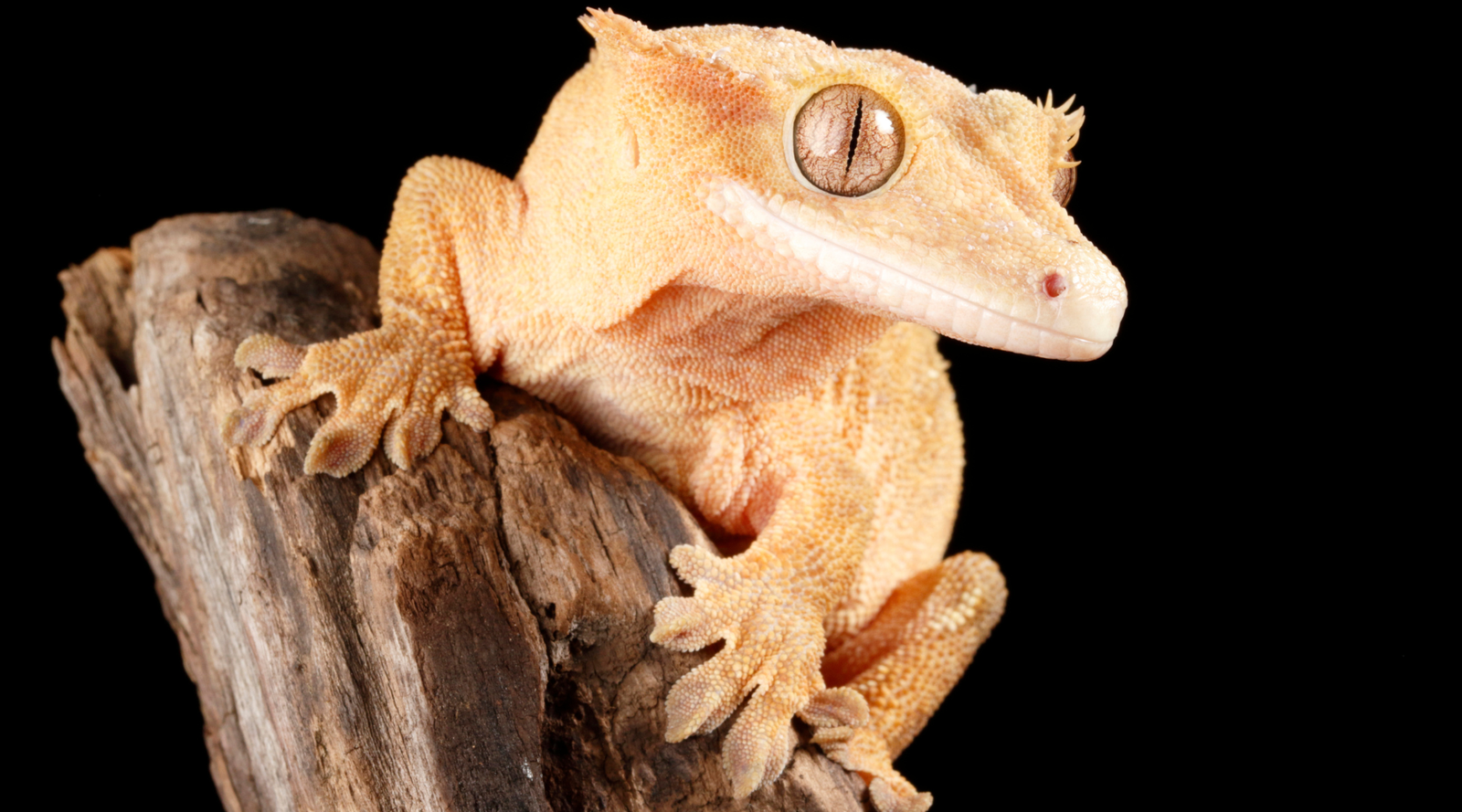
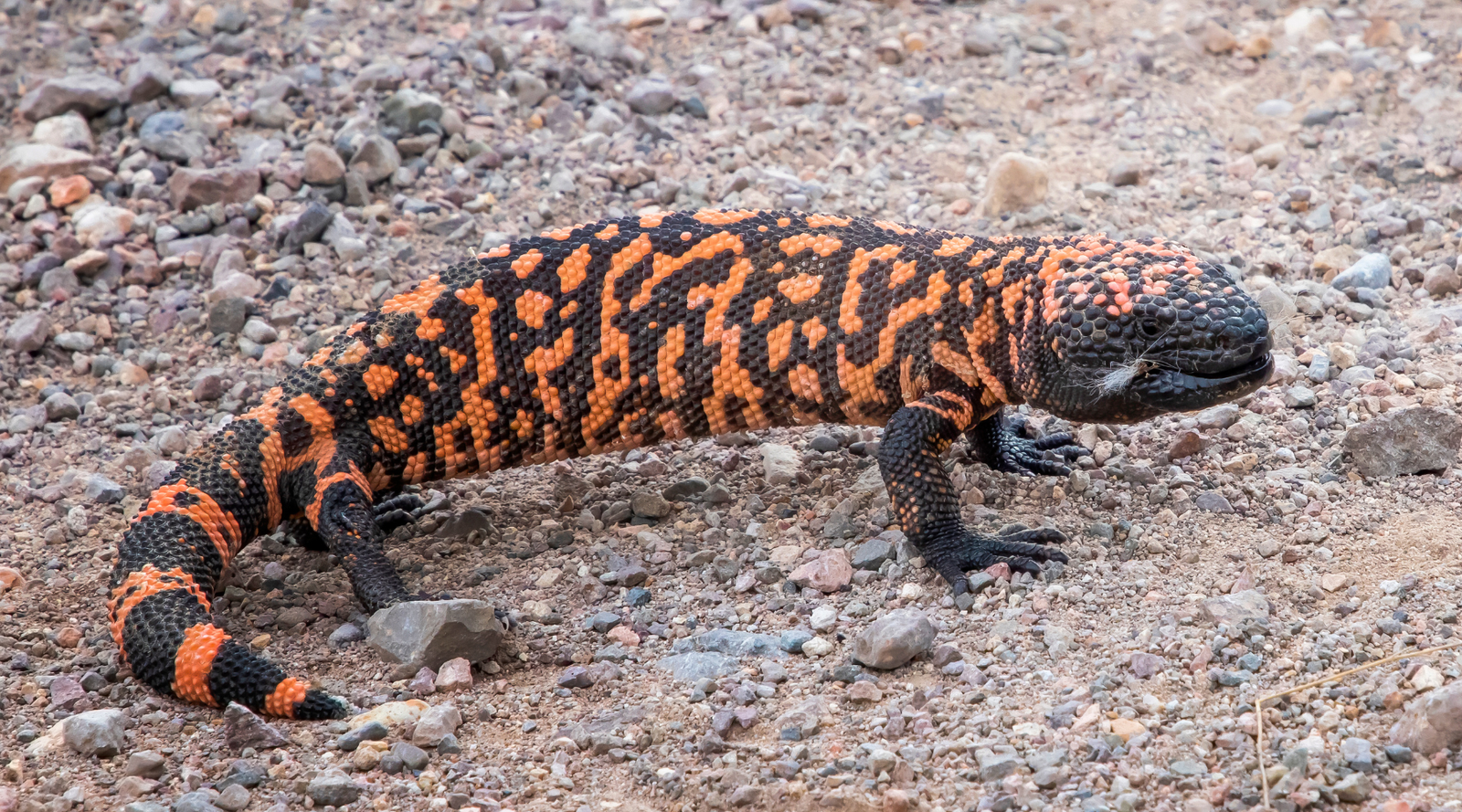
Leave a comment (all fields required)